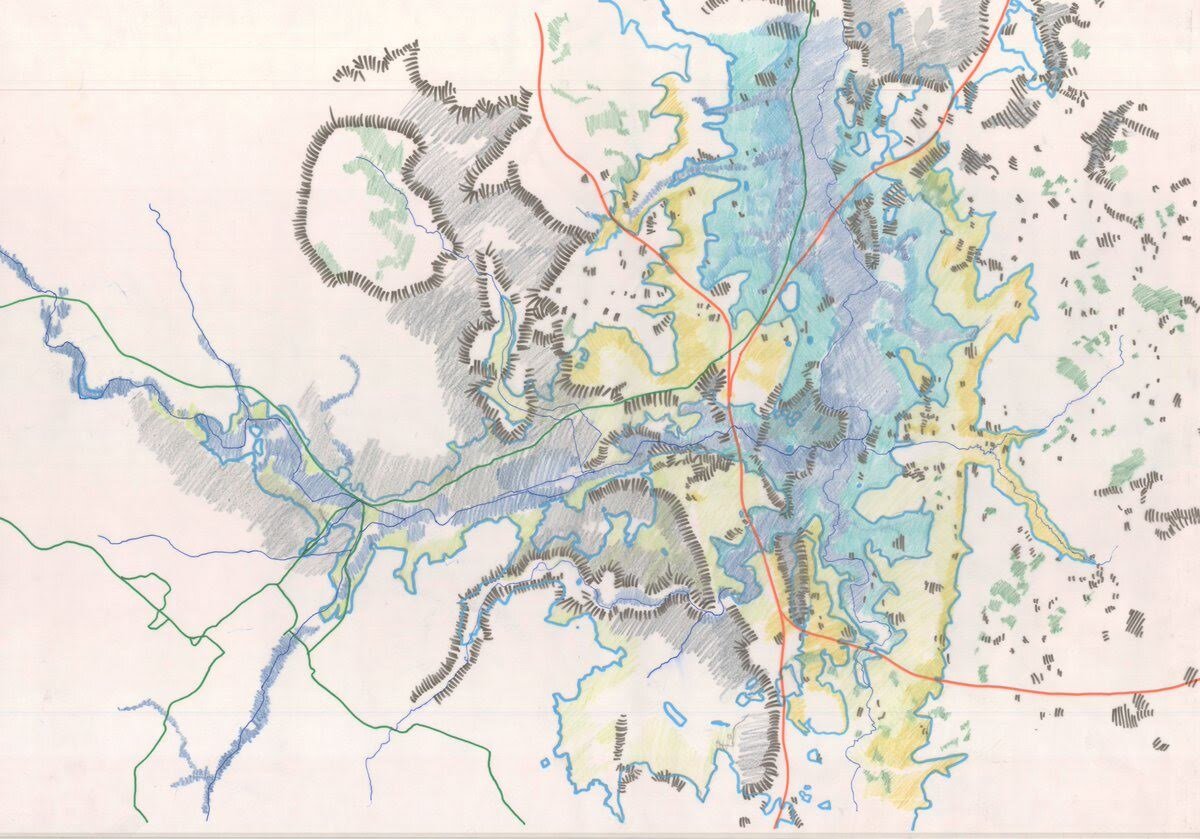the profession
Landscape Architects plan, design and manage natural and built environments, applying aesthetic and scientific principles to address ecological sustainability, quality and health of landscapes, collective memory, heritage and culture, and territorial justice. By leading and coordinating other disciplines, landscape architects deal with the interactions between natural and cultural ecosystems, such as adaptation and mitigation related to climate change and the stability of ecosystems, socio-economic improvements, and community health and welfare to create places that anticipate social and economic well-being.
The tasks of Landscape Architects include:
(a) Developing and managing the landscape by carrying out actions and preparing and implementing projects for heritage protection, preservation of natural and cultural landscapes, rehabilitation of degraded landscapes, and new development through a process of design, planning, management and maintenance.
(b) Conducting research and analysis to develop sustainable landscape design, planning and management practices, theories, methods and development strategies to promote green infrastructure, the sustainable management of natural, agricultural, rural and urban landscapes and the sustainable use and management of global environmental resources.
(c) Carrying out feasibility studies and impact assessments to gauge the effect of development on the ecology, environmental character, cultural values and community health and welfare of landscapes.
(d) Collecting and documenting data through site analysis, including an appreciation of indigenous practices, landform, soils, vegetation, hydrology, visual characteristics and human-made and managed features.
(e) Preparing landscape documentation, including drawings, specifications, schedules and contract documents, and calling tenders on behalf of clients.
(f) Managing digital technologies and representation of spatial systems, and client and/or community presentations related to the environment and landscape.
(g) Engaging local communities, authorities and stakeholders by public participation in decision-making relating to projects that impact landscape.
(h) Providing expert advice and advocacy on landscape matters in conflict resolution, judicial courts and commissions, competitions, media and public relations.
Other translated definitions coming soon




